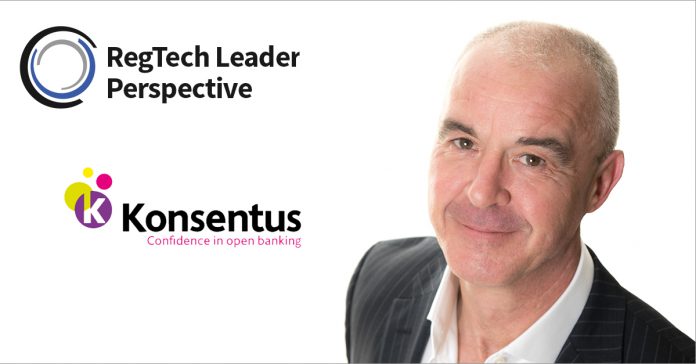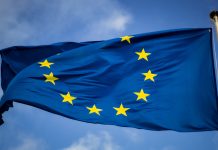PSD2 open banking is now less than three months from the first key milestone; Financial Institutions (FIs) must be live for external testing on March 14th, 2019. The challenge according to Brendan Jones, CCO and Co-Founder at Konsentus is that many of the 9,000 FIs across Europe (i.e. Credit Institutions, Payments Institutions and Electronic Money Issers) either don’t realise the regulations apply to them or have not started the process of complying. The European Banking Authority and National Competent Authorities need to do more in communicating that the regulations are coming in according to Brendan.
The European directive on PSD2 open banking has meant data owned by banks is no longer theirs, but now belongs to the consumer, meaning they can share it with third party providers (TPPs) if they wish. Difficulties posed by this are that FIs cannot decline handing over data to a TPP which has received consent to access the information from the consumer, unless they believe there is fraudulent activity. Thus meaning, the onus is on the banks to verify both the identity and regulatory status of TPPs every time they ask for data; which is where Konsentus steps in Brendan explained.
While this allows for the potential of more risks from fraudulent companies accessing sensitive data, this opening up of data offers better financial outcomes for individuals and SMEs alike. PSD2 is going to play out differently across Europe, with some countries adopting the new system a lot quicker than others, either due to cultural mentality, legacy systems or existing infrastructure, Brendan said.
“I think you’ve got to look at this on a country by country basis. For example, here in the UK, when the regulations start in September 2019 requiring FIs to be fully live, I think a lot of the industry will be ready. But I think it will be a very slow burn for consumers to adopt the services and it will take time for them to gain confidence that the services are indeed delivering better financial value and that their information always remains secure,” he added. Further noting “In reality, many consumers may not even realise a service they are using is running on PSD2 open banking rails. Take for instance a mortgage application that needs to prove affordability, this can now be done in seconds/minutes by a computer analysing the last 6 months of someone’s bank account, no need for payslips etc. Will the consumer be told this is being done using PSD2 open banking, probably not, it will just be all part of the solution giving them a better experience, quicker approvals and hopefully a better mortgage rate.”
It is very different though when one considers SMEs which Jones believes will be amongst the first to capitalise on the benefits PSD2 has to offer, where it’s not personal data but business data. These enterprises will have access to a lot more information free-of-charge and this will help them improve their operations. “Ultimately SMEs will take advantage of this really quickly, as if you are a Finance Director today, with accounts at a number of institutions, all requiring separate log in to the various platforms, you will pay to have this consolidated. And if we look at how the accountancy packages like Xero are already linking into bank accounts to provide full reconciliation services, we must expect that these types of services will only proliferate,” he added.
It is interesting that in other countries in Europe some may have an easier time with getting ready for the deadline. In counties like Poland, the banking infrastructure is more modern, and not held back by legacy systems. In the Netherlands push payments from bank accounts, called under PSD2 open banking; “Payment Initiation Service Providers or PISP payments” are already the ‘norm’ in terms of how to pay online under the brand IDEAL. For many of these countries it’s more about ensuring compliance with the regulation changes, rather than building new products.
“So, I think different areas will see different adoption rates with different services. But overall, I would say that in five years’ time, people will probably look back and say why didn’t we have these services earlier; hopefully everyone will see much better financial outcomes because we will be getting products like loans and mortgages at much better rates than what we get offered today.”
Not everyone is as excited with the implementation of PSD2 as it means there is likely to be more competition; however, there are many that are greeting it with open arms. Barclays, BBVA and HSBC are not only implementing the regulations, but looking to deploy new services on the back of it. Earlier in the year, Norwegian banks Sbanken, Sparebanken Vest, and Sparebanken Sogn og Fjordane also took an extra step and are cooperating on account aggregation. Mutual customers are being allowed to view all of their accounts across the banks from any of the online banking platforms.
Copyright © 2018 RegTech Analyst
Copyright © 2018 RegTech Analyst









